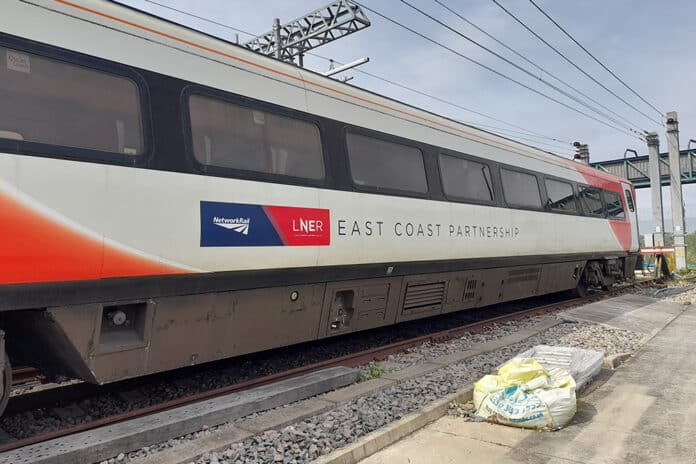Network Rail and LNER have opened their emergency response training facility at York’s Rail Operating Centre (ROC) to other organisations involved in the rail industry.
Last year the two organisations worked together to install two former railway carriages at the ROC which have been used to practice emergency response training on a wide range of scenarios from evacuations to emergencies on the track.
The carriages have given hundreds of colleagues the opportunity to get hands-on training, look at new ways of working in an exercise scenario and explore improvements to response management, helping to get passengers and freight customers on the move more quickly when disruptive incidents do occur.
David Hughes, business resilience manager at LNER, said: “Inspired by emergency response training in other industries we identified a gap for a training facility along the East Coast main line that builds confidence in dealing with a real-life incident, and also gives us the opportunity to learn while testing our plans and identifying areas to improve those plans.
“We also had the opportunity to acquire some of our former InterCity 225 coaching stock,s which were pretty much heading to the scrap heap, so it falls in line with our responsible business strategy as well in recycling and reusing, in this case not just to the benefit of LNER, but also Network Rail and the wider rail industry.”
To date, the carriages have mainly been used by Network Rail and LNER, but they are now being opened up to more industry partners, including train and freight operating companies, and the emergency services.
Sam MacDougall, Network Rail’s operations’ director for the East Coast Route, said: “I am passionate it is not only training our staff, but a joint training and continuous rehearsal facility. These carriages allow us to rehearse one of the most important topics which is managing stranded passengers and their welfare.
“It is not just train evacuation, but it can also be used in training in how we deal with fatality management. It can be quite intimidating going on track and although people might be dealing with things they are trained and competent to do, they are incidents they’ve not really rehearsed and are not confident in doing.
“This facility changes that and after several months collecting initial feedback, now seems to right time to open it up to the wider rail industry so we can become even safer, working collaboratively as an industry.”
Photo credit: Network Rail







































 0113 2082620
0113 2082620 info@railbusinessdaily.com
info@railbusinessdaily.com 15 Mariner Court, Wakefield WF4 3FL
15 Mariner Court, Wakefield WF4 3FL

